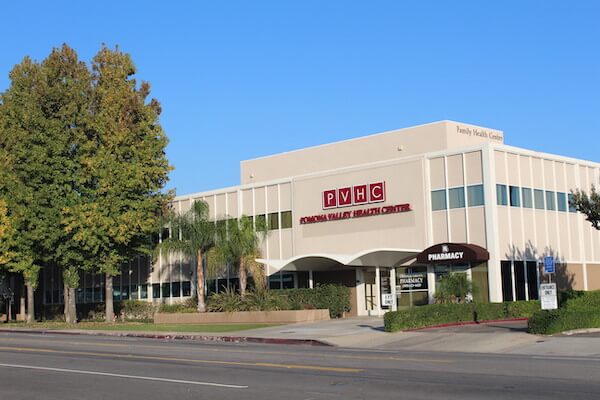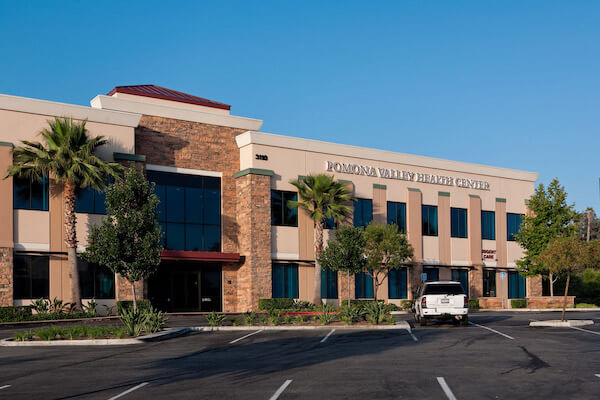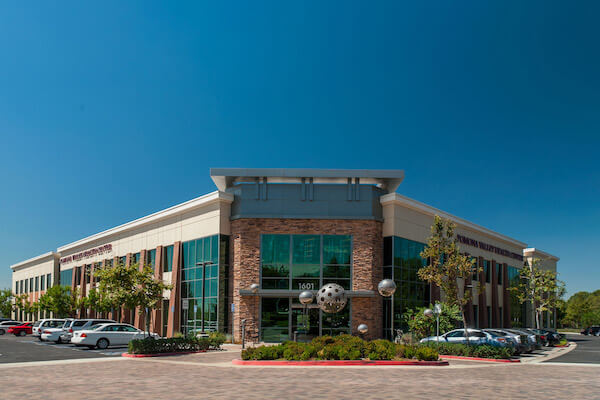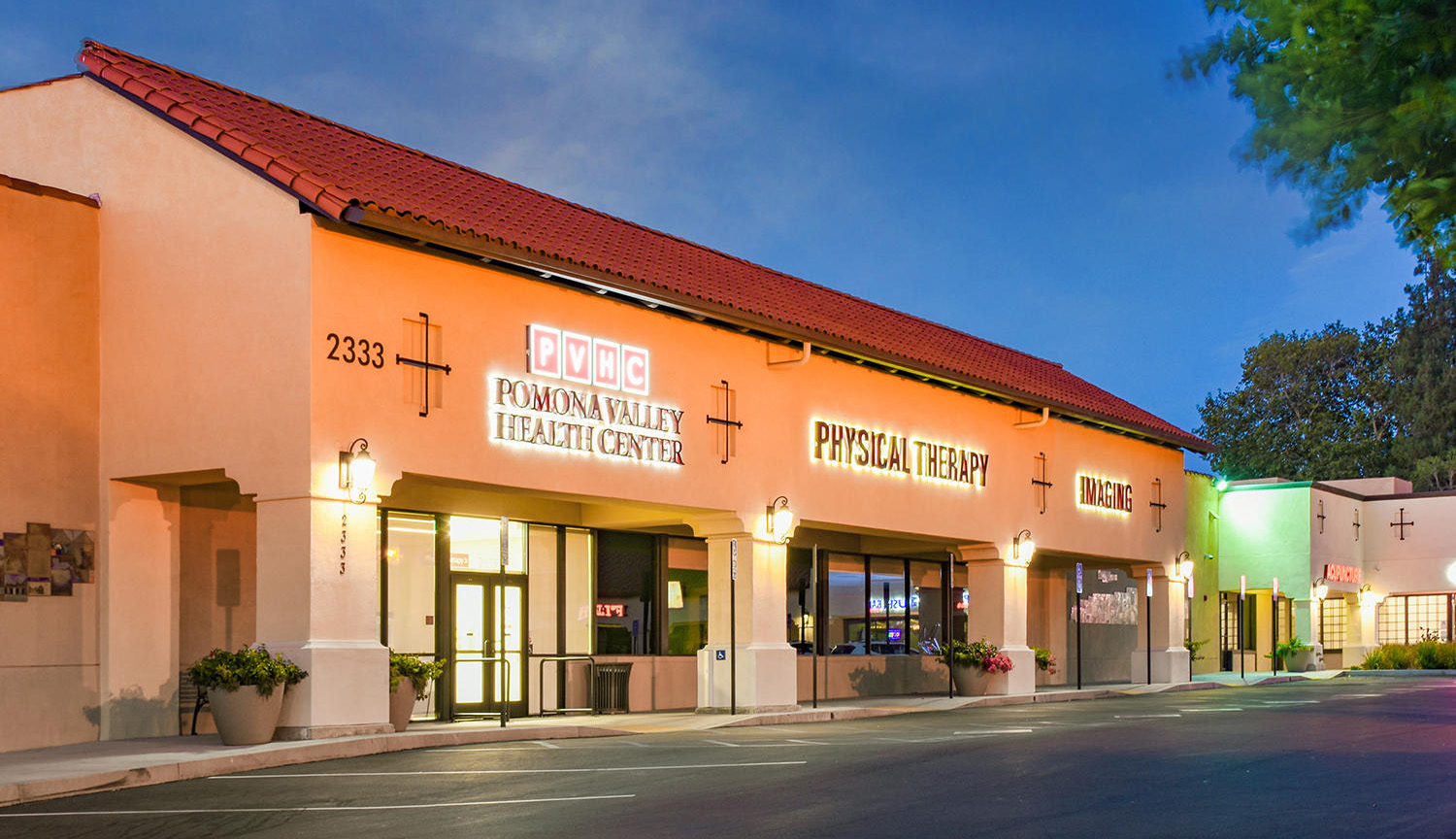Is it just a sprain or something more serious? If you’re worried about swelling, bruising, or pain that hasn't gone away, seek urgent medical care.
The experienced team at Pomona Valley Health Centers can provide fast answers, expert care, and a clear plan forward.
Walk into our urgent care center today for sprain care.
A sprain is an acute soft tissue injury resulting from sudden trauma. This trauma causes a person’s ligaments (strong, flexible bands of tissue connecting the bones, joints, and muscles) to stretch or tear.
Sprains are caused when a joint is forced to move in an unnatural way, often resulting from one or more of the following:
Grade 1: Mild
This is the mildest form of sprain. It involves minimal tissue damage and quick recovery time. First-degree or mild sprains can typically be treated at home with the RICE method (e.g., rest, ice, compression, elevation).
Most individuals will recover fully from a mild sprain in about a week.
Grade 2: Moderate
Moderate sprains cause damage to one or more ligaments. They often present with swelling and bruising and may require additional treatment to ensure proper healing. Moderate sprains often take a few weeks to heal and usually benefit from urgent care to avoid complications and delayed healing.
Grade 3: Severe
Grade three or severe sprains happen when one or more ligaments are torn. Many people report hearing a popping sound at the time of injury, followed by severe pain. Common symptoms include swelling, bruising, and an inability to bear weight on the injured joint or limb. Severe sprains can take 6-12 weeks to fully heal.
No matter where you’ve sustained a sprain on your person, you may have one or more of the following symptoms:
Unfortunately, there is no way to confirm whether you have a sprain or fracture without X-ray imaging.
The skilled providers at Pomona Valley Health Centers are dedicated to providing top-notch health services for a broad range of medical conditions, including urgent care for sprains, strains, and fractures.
Warning signs that may indicate a fracture include:
Mild sprains can be safely and effectively treated at home without medical intervention. However, some sprains are more serious and may include bone fractures. Seek medical attention if you:
Many people can still walk with a mild sprain with minimal pain or instability. However, trying to walk with a moderate to severe ankle sprain will cause significant pain and instability.
Trying to walk on a sprained ankle, regardless of severity, can slow healing or make the injury worse.
During a physical exam, your provider will assess swelling, tenderness, range of motion, and pain intensity.
They may also perform specific physical tests to assess ligament stability.
Next, they will likely order X-ray imaging to identify or rule out fractures or other bone injuries. Urgent care for sprains may also include an Ultrasound, CT, or MRI to assess the extent of soft tissue and ligament damage.
General tips for sprain recovery include:
After visiting urgent care for a sprain, following all aftercare instructions is important. These may include:
Once you sprain your ankle, wrist, knee, or thumb, you have a higher risk of repeating the same injury. Strengthening exercises and stretches can lower your risk of re-injury. Here are some general guidelines for rebuilding strength and stability:
Shoes with adequate arch support, cushioning, and fit can reduce the risk of re-injury and future sprains. They provide better stability and shock absorption and prevent excessive strain on the feet, ankles, and joints.
Sprains can’t wait, and neither should you. With compassionate providers, advanced imaging, and walk-in availability, Pomona Valley Health Centers makes getting urgent care for sprains fast, easy, and reassuring.
Our team combines expert diagnosis with personalized care to help you heal quickly and safely.
Contact us or walk into your nearest location today.




